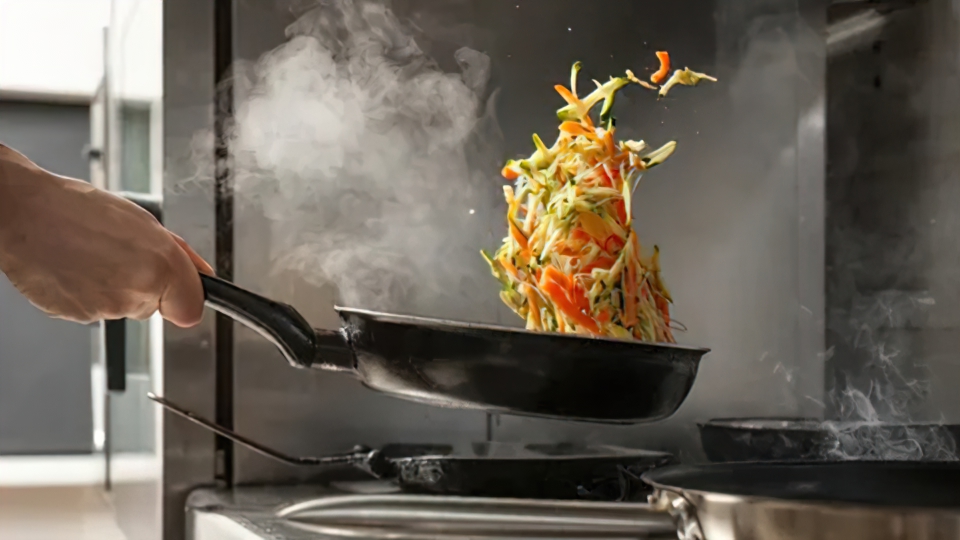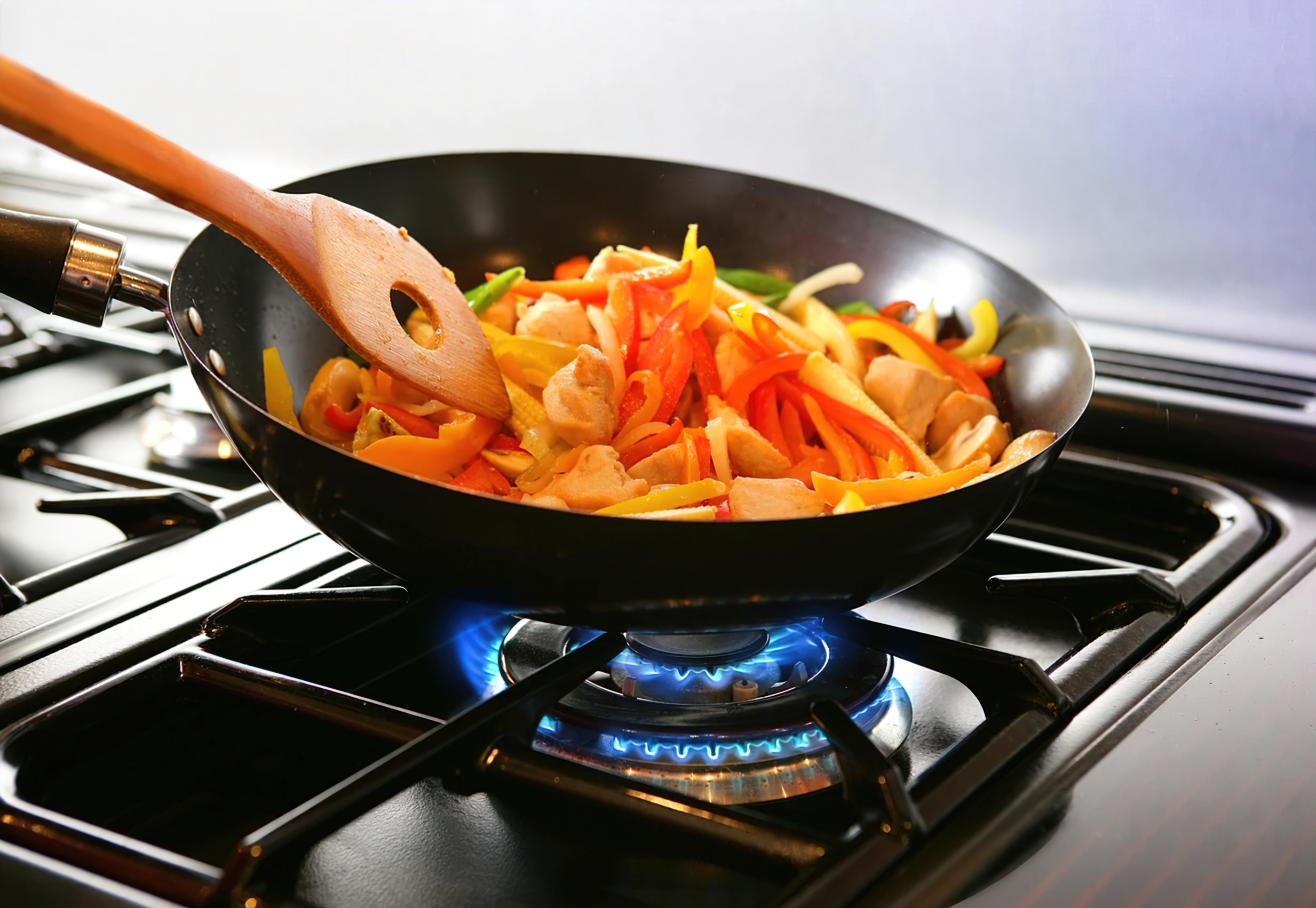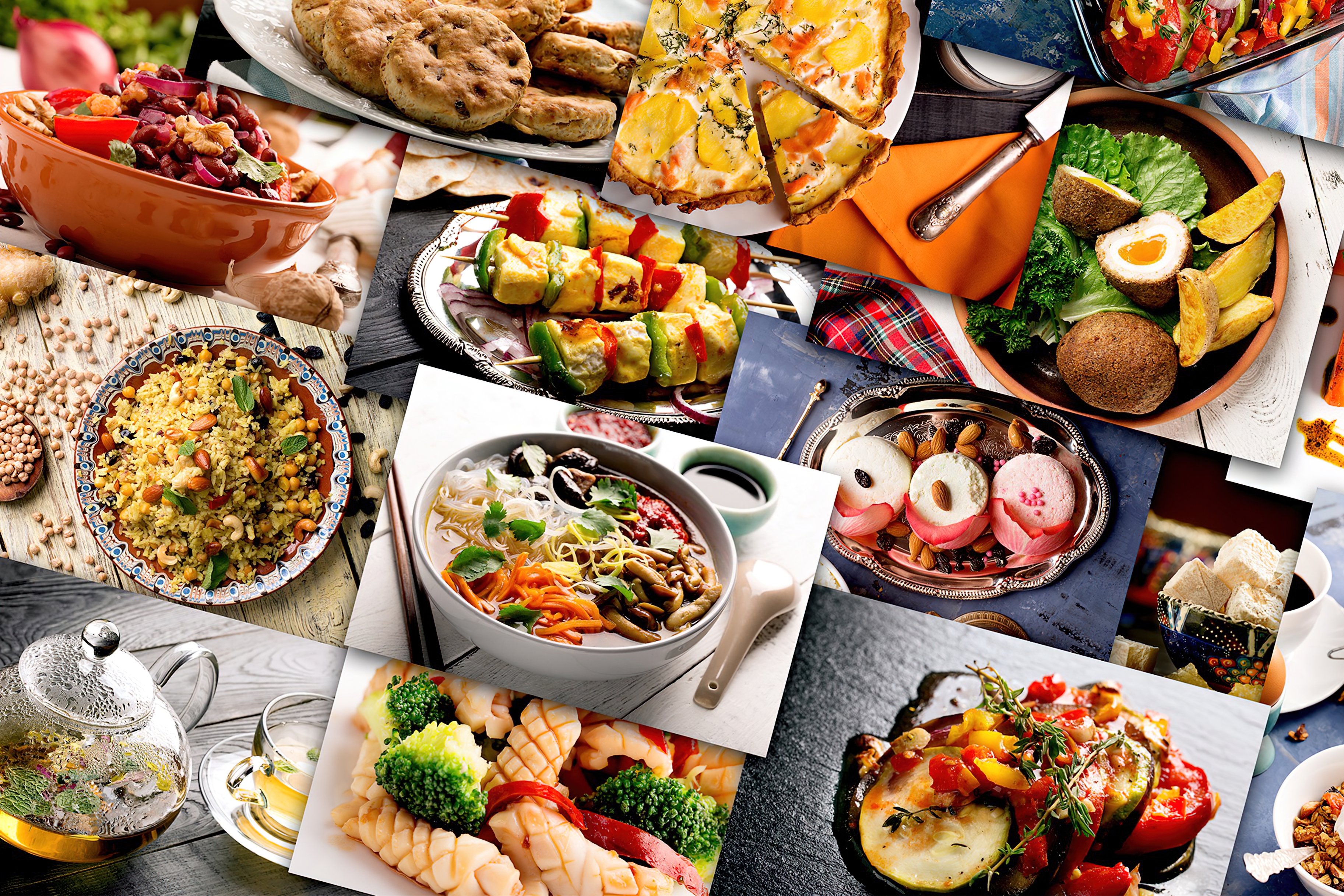Sauteeing is a versatile and efficient cooking technique that can elevate your culinary creations. In this guide, we’ll explore essential tips and tricks for mastering the art of sauteeing, from selecting the right pan and oil to perfecting your timing. With these expert insights, you’ll be on your way to creating flavorful, perfectly sauteed dishes in no time.
-
Content
The Basics of Sauteeing
Sauteeing is a fast and versatile cooking technique that involves cooking food in a small amount of fat over medium-high heat. The goal is to achieve a perfect balance of browning and tenderness while preserving the food’s natural flavors. Here’s how to master the art of sauteeing:
- Choose the right pan: A wide, shallow pan with sloping sides, such as a skillet or sauté pan, is ideal for sauteeing, as it provides even heat distribution and plenty of room for the food to cook without crowding.
- Use the appropriate fat: Depending on the dish, choose a fat with a high smoke point, such as vegetable oil, grapeseed oil, or clarified butter. This will prevent burning and ensure even cooking.
- Preheat the pan: Allow the pan to heat up before adding the fat and then the food. This will promote better browning and prevent sticking.
-
Preparing Ingredients for Sauteeing

Properly prepared ingredients are key to successful sauteeing:
- Cut uniformly: Make sure all ingredients are cut into similar-sized pieces to ensure even cooking.
- Pat dry: Remove excess moisture from the food to promote better browning and avoid splattering.
- Season appropriately: Season the ingredients before cooking to enhance their natural flavors.
-
Sauteeing Techniques and Tips
Follow these tips and techniques to achieve perfectly sauteed foods every time:
- Avoid overcrowding: Cook in batches if necessary to prevent steaming and ensure even browning.
- Control the heat: Adjust the heat as needed to maintain a sizzle without burning the food.
- Stir or flip frequently: Keep the food moving to promote even cooking and prevent sticking.
- Deglaze the pan: After sauteeing, deglaze the pan with a splash of wine, stock, or other liquid to create a flavorful sauce by dissolving the browned bits on the pan’s surface.
-
Perfect Sauteed Dishes: Ideas and Inspiration

Sauteeing is a versatile technique that can be used for a wide range of dishes:
- Sauteed vegetables: For a quick and healthy side dish, sauté seasonal vegetables like zucchini, bell peppers, or asparagus with garlic and a touch of olive oil.
- Sauteed proteins: Create flavorful main courses by sauteing chicken, shrimp, or tofu with your favorite herbs, spices, and sauces.
- Sauteed mushrooms: Enhance the earthy flavor of mushrooms by sauteing them with butter, garlic, and fresh herbs.
- Sauteed greens: Transform leafy greens like spinach, kale, or Swiss chard into a delicious and nutritious side dish by sauteing them with garlic and a splash of lemon juice.
-
The Importance of Timing in Sauteeing
Being mindful of timing is crucial when sauteeing, as it can significantly impact the texture and flavor of the dish:
- Cook delicate ingredients first: When sauteeing multiple ingredients, start with the most delicate, such as garlic or shallots, and remove them from the pan before they burn. Add them back in at the end to incorporate their flavors.
- Add sturdier ingredients later: Introduce firmer ingredients, like proteins or hearty vegetables, after the delicate ingredients have been cooked and removed from the pan.
- Consider cooking times: Be aware of the cooking times for each ingredient and add them to the pan accordingly to ensure even cooking. For example, cook carrots longer than bell peppers, so they reach a similar level of tenderness.
-
Sauteeing Tips for Different Food Types

Each type of food requires specific considerations when sauteeing:
- Proteins: For even browning, make sure the surface of the protein is dry before adding it to the pan. Cook proteins like chicken or fish on one side before flipping to ensure even browning and to prevent sticking.
- Vegetables: Be mindful of the varying cooking times for different vegetables. For example, cook denser vegetables like carrots or potatoes longer than tender ones like zucchini or tomatoes.
- Aromatics: Cook aromatic ingredients like onions, garlic, or ginger over medium heat to release their flavors without burning them. Remove them from the pan if they start to darken too much.
-
Sauteeing Safety Tips
Follow these safety tips when sauteeing to prevent burns and other accidents in the kitchen:
- Use a splatter screen: This handy tool will help keep hot oil from splattering and protect you from potential burns.
- Keep a safe distance: Stand back from the pan when adding food to avoid oil splatters.
- Use a proper pan: Choose a pan with a sturdy handle that stays cool to the touch to prevent accidental burns when handling the pan.
By following these tips and techniques, you can confidently master the art of sauteeing and create delicious, flavorful dishes for any occasion. With practice, sauteeing will become second nature, making it an essential technique in your culinary toolbox.